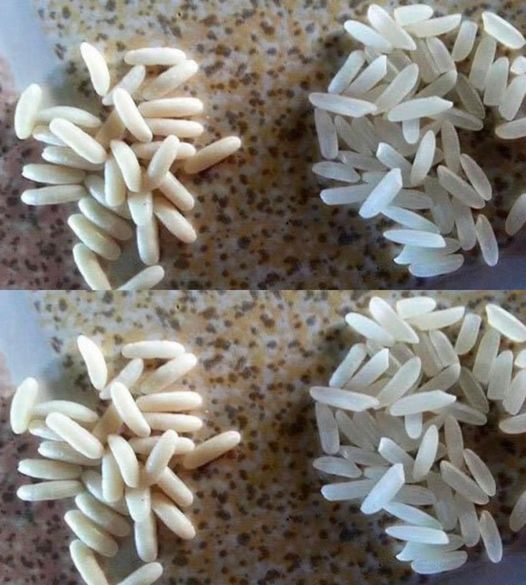One of the initial observations is that when you run rice grains between your fingers, the actual grains have a distinctive smell. Additionally, plastic rice tends to be whiter than genuine rice and emits a strong chemical odor.
On the other hand, when cooking them:
When this fake rice is cooked, it emits a burnt smell and its texture once cooked is spongy.
Also, you have to pay attention to the cost of rice:
Another red flag is the remarkably low price of this fake rice, depending on its place of origin, since plastic rice is usually very cheap.
We invite you to watch this video for more details about the rice we consume daily, from Gabehash’s channel:
Additional Tips:
Observe the appearance: Real rice tends to have a slightly creamy or yellowish hue, while plastic rice can appear excessively white and uniform in comparison.
Test the smell: When handling rice grains, pay attention to the smell. Real rice usually has a mild, natural aroma, while plastic rice may have a chemical or artificial smell.
Cook a small amount: Cook a small amount of rice as you normally would. If you notice a burning smell during the cooking process, it’s probably fake rice.
Evaluate the texture:
Continue Reading in next page

